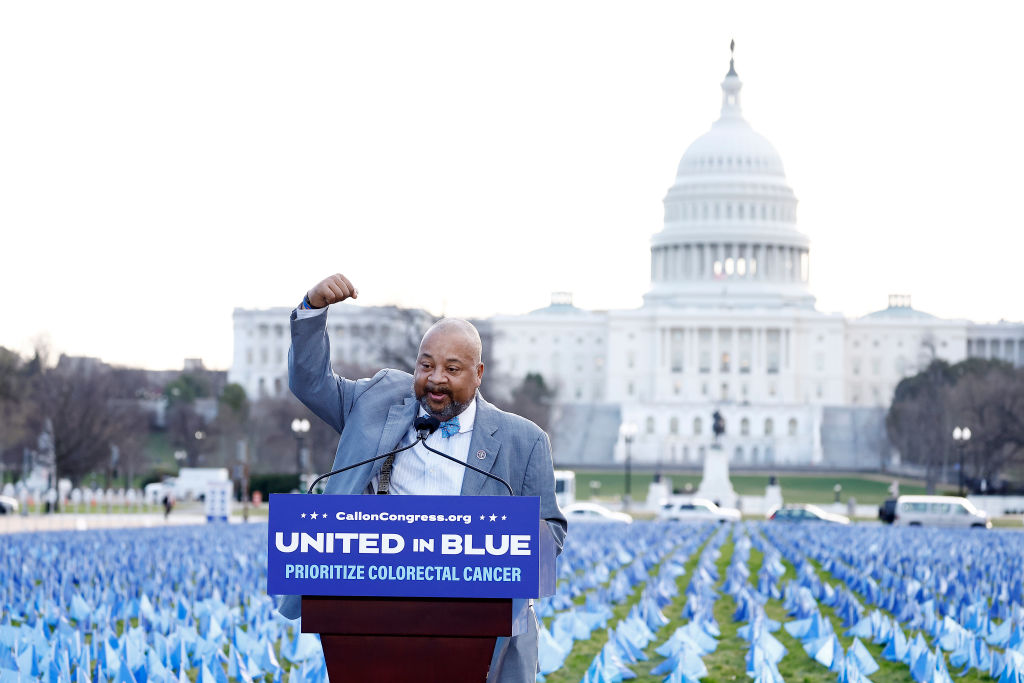The Long Island Rail Road couldn't meet its own on-time performance goals last year, having canceled or delayed nearly 18,000 trains in 2016, according to a new report by the state comptroller.
The largest commuter railroad in the nation saw its highest ridership last year since 1949, but about 7.5 million of those 89.3 million customers were impacted by delays and cancellations, Comptroller Thomas P. DiNapoli said.
Of the 247,000 trains that were scheduled across the LIRR, 17,951 were canceled at the terminal before departing, terminated en route or were late arriving at their final destination, the report says. A train is considered on time by the LIRR if it arrives within 5 minutes and 59 seconds of its scheduled arrival time.
LIRR's on-time performance, which peaked at 95.2 percent in 2009, has since dropped. In 2015, on-time performance across the system averaged 91.6 percent, the lowest level in 16 years. While performance improved in 2016 to reach 92.7 percent, it was still below the 94 percent target set by the LIRR. The LIRR lowered its on-time performance goal from 95.1 percent to 94 percent in 2015.
Preliminary data for the first quarter of 2017 show that on-time performance slipped to 90.9 percent, down from 93.1 percent during the same period one year earlier, according to the report.
The comptroller's report also found that the number of trains that were late, canceled or terminated because of problems with the East River underwater rail tunnels between Manhattan and Long Island increased by 72 percent since Sandy. Problems with the East River tunnels were responsible for nearly one-fifth of the increase in delays, cancellations and terminations since 2011.
The LIRR has a number of capital projects planned that could improve on-time performance, but operations are constrained by platform space at Penn Station and the four East River Tunnels that connect Manhattan to Long Island, the report states. The tunnels are owned and operated by Amtrak, and the LIRR shares access to platforms in Penn Station with Amtrak and New Jersey Transit.
A plan to rehabilitate all four of the aging, deteriorating tunnels still has not been approved by Amtrak. When work does begin, Amtrak plans to shut one tunnel at a time, reducing the number of trains able to pass under the East River.
Local
LIRR spokeswoman Beth DeFalco said in response to the comptroller's report that the railroad was spending billions to make improvements, "most notably with the new Main Line Third Track and Double Track which will increase capacity, reduce delays, and improve safety."
"As recent events show, not all delays are under our control, however we are working to improve the maintenance procedures and protocols at Penn Station to ensure the best service possible," said DeFalco.
Other highlights from the comptroller's report include:
Morning Peak: The 7:32 a.m. train from Ronkonkoma to Penn Station (carrying 1,190 passengers) was late or canceled more than three times as often (26 percent) as the systemwide average.
Evening Peak: The 6:24 p.m. train from Penn Station to Port Washington (carrying 1,000 passengers) was late, canceled or terminated nearly six times as often (39 percent) as the systemwide average.
Longest Delays: A total of 1,995 trains were delayed by more than 15 minutes, including 127 that were delayed by more than one hour.
Most Canceled: The 6:05 train from Penn Station to Wantagh (carrying 990 passengers) was canceled 10.6 percent of the time.
Worst Time to Travel in the Morning Peak: Trains scheduled to arrive at Penn Station between 9:00 a.m. and 9:30 a.m. were late, canceled or terminated 13 percent of the time.
Worst Time to Travel in the Evening Peak: Trains scheduled to depart Penn Station between 6:00 p.m. and 6:30 p.m. were late, canceled or terminated 19 percent of the time.
To see more from the report and a branch-by-branch breakdown of on-time performance, click here.



